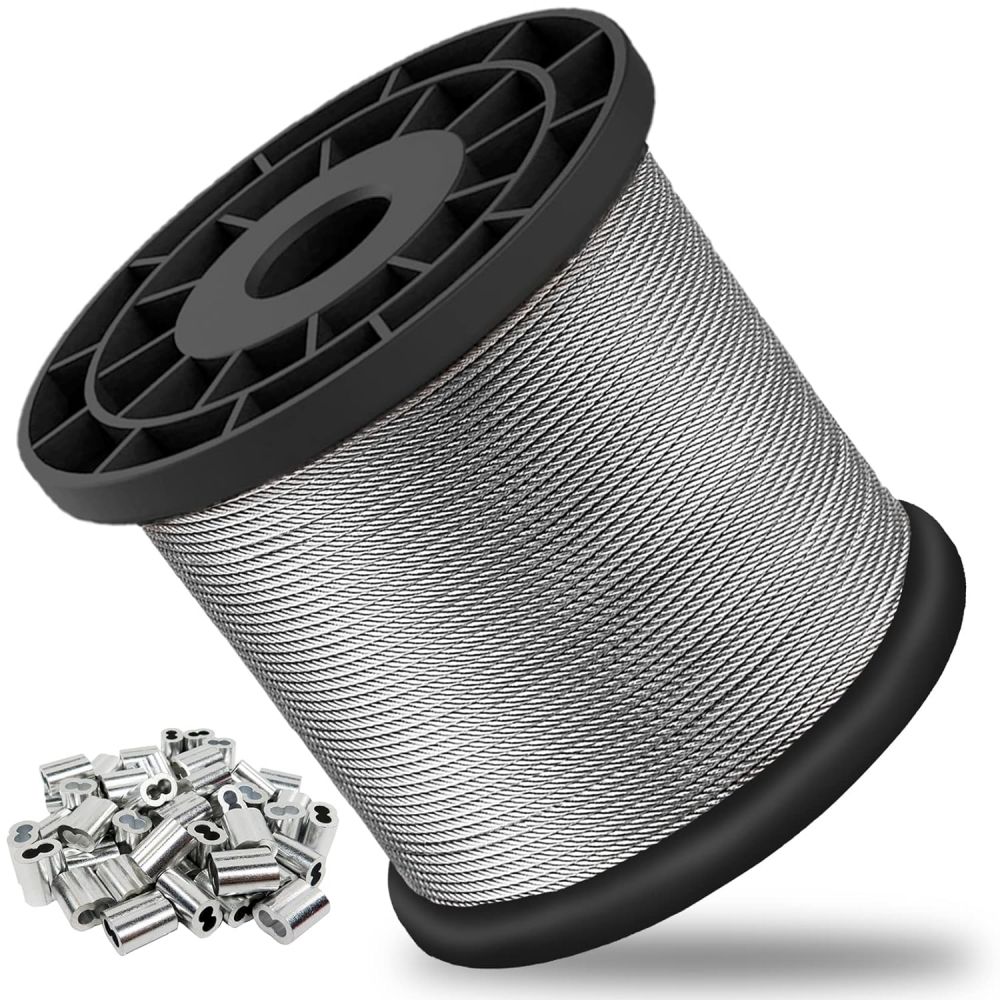
Stainless wire ropes are vital for their strength and corrosion resistance. Blogs offer insights for professionals and DIY enthusiasts on their uses and benefits. Here’s what you can typically expect to find in these blogs:
Stainless steel is an alloy of iron, chromium, and other elements such as nickel, molybdenum, and carbon. The presence of chromium in the alloy gives stainless steel its corrosion resistance by forming a thin, passive layer of chromium oxide on the surface. This layer acts as a barrier, preventing further corrosion and protecting the underlying metal. The addition of elements like nickel enhances corrosion resistance and improves the overall strength and ductility of the alloy.
The manufacturing process of stainless steel cable involves several steps: producing the raw material, drawing the wire, and performing finishing processes. The raw material is produced by melting alloying elements and iron in a furnace, followed by casting the molten metal into a continuous strip. This strip is rolled into thin sheets, which are further processed to create the wire used in the cable. The wire is drawn through a series of dies to reduce its diameter and increase its tensile strength. Finally, the cable undergoes various finishing processes, such as galvanizing or plating, to enhance its corrosion resistance and improve its appearance.
The strength of stainless steel cable is attributed to its unique microstructure and the presence of various alloying elements. The microstructure consists of a mixture of ferrite, austenite, and martensite, contributing to its strength and ductility. The presence of chromium and other alloying elements, such as molybdenum, further enhances the strength and corrosion resistance. Additionally, the cold-drawing process used in production increases the tensile strength of the wire by aligning the crystalline structure and eliminating defects or impurities.
The durability of stainless steel cable is a key factor in its widespread use in various applications. Stainless steel is highly resistant to corrosion, making it ideal for use in harsh environments where other materials may fail. Its resistance to corrosion is further enhanced by its ability to withstand high temperatures and various chemicals and acids. Furthermore, stainless steel cable is known for its excellent fatigue resistance, allowing it to withstand repeated cycles of stress without losing strength or breaking.
In conclusion, stainless steel cable is a remarkable material that offers exceptional strength and durability due to its unique composition and manufacturing process. Its corrosion resistance, ability to withstand high temperatures, and fatigue resistance make it an ideal choice for a wide range of applications in various industries. As our understanding of the science behind stainless steel cable continues to grow, it is likely that we will see even more innovative uses and applications for this versatile material in the future
Stainless wire ropes are vital for their strength and corrosion resistance. Blogs offer insights for professionals and DIY enthusiasts on their uses and benefits. Here’s what you can typically expect to find in these blogs: